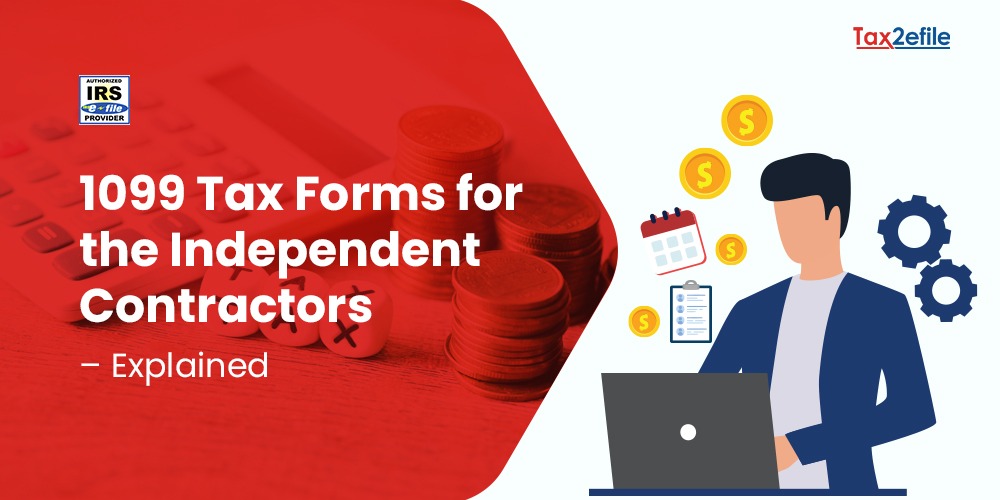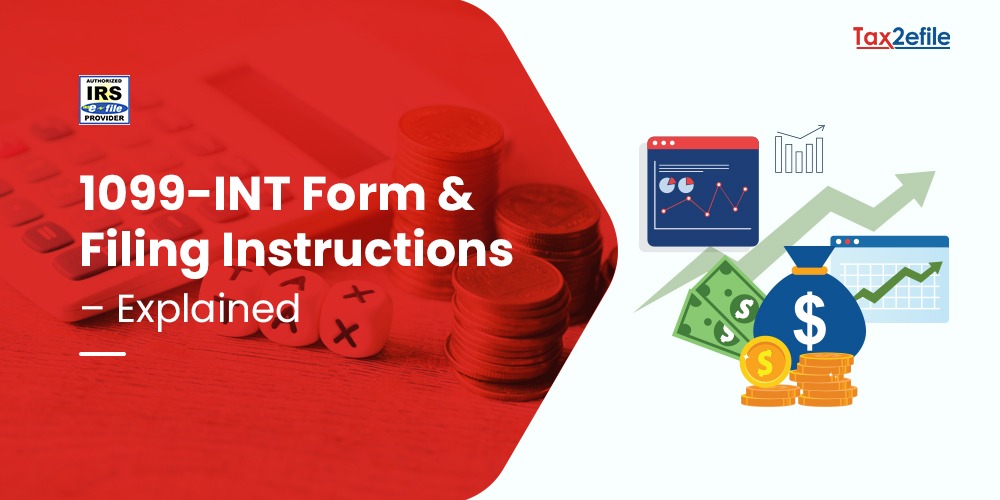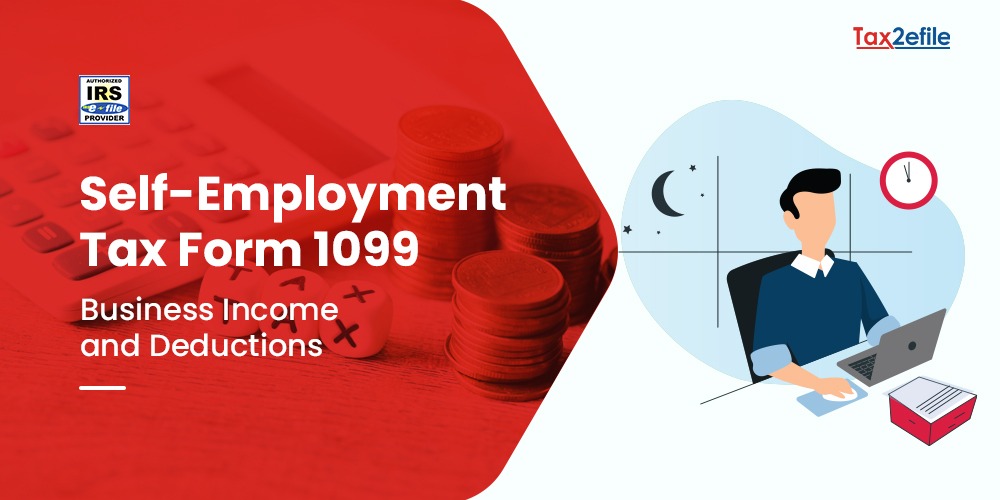- July 18, 2018

Taxpayers who recompense their student loan using ICR, IBR or PAYE repayment plan must be little more cautious while filing federal tax returns. Because the filing status of the tax returns you chose will affect your repayment plan.
When the taxpayers are married, they must decide whether to file the tax return along with their spouse using the status “married filing jointly” or just to keep the income separate by filing “married and filing separately”. This may alter their monthly payments. When you opt for a filing status instead of the other status will make your payments less expensive each month.
Student plan payment options, like income-based repayment, are determined based on your current household income and size of the family. Usually, this option will lower monthly payments than a standard repayment option. Income-driven repayment varies between 10 % to 20 % of discretionary income.
Discretionary income is calculated when the basic living expenses like utilities and rent are deducted. The loan holder will review your repayment plan every year and re-determine the monthly payment appropriately based on your tax return
Instances of income-driven repayment plans are:
- Income-Based Plan
- Income Contingent Plan
- Pay as You Earn Plan
The loan financer sets your monthly payment amount depending on the obtained information from your tax return. The factors that are important in determining your payment amount are your income, the size of your family and current debt amounts.
When you are filing your tax returns under the status “married and filing separately”, then your loan provider considers only the income that you earn. When you file a joint tax return, your partner’s (spouse) income is used to determine only the monthly payments. On the other hand, when your income is less than your partner, filing a separate tax return will lower your monthly payments significantly on an income-based repayment plan.
This could be better explained with an example. Consider a married couple has 2 children. One of the couples makes $ 50,000 yearly, without any student debt loan. The other person makes $ 25,000 annually with a debt of $ 60,000 in student loans, which is being repaid through an Income Contingent Repayment Program (ICR). When the student person files a separate return, the payment could be lowered as $ 25 every month. Else, when they file a joint tax return, the monthly payment could rise up to $ 600 approximately.


